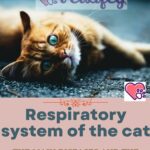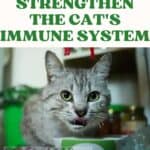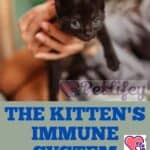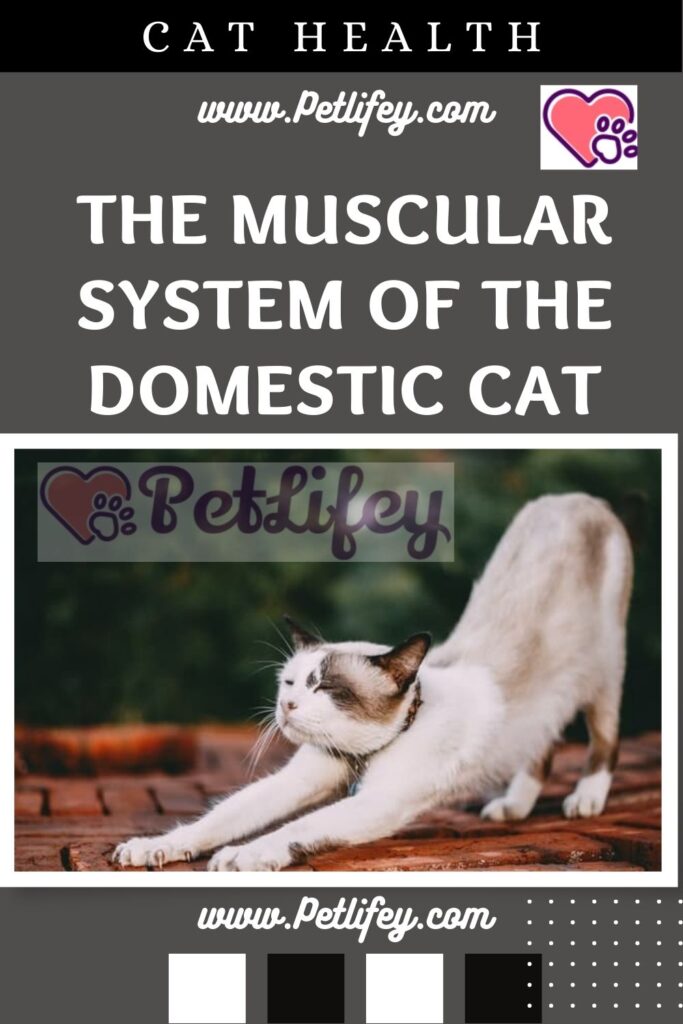
Our beloved cat belongs to the felidae family, as a result it is a close carnivore. This physiological condition leads him to have to hunt prey smaller than himself and to have fast and frugal meals, resulting in himself being the prey of larger hunters. For this reason, in any movement, the cat is able to use almost all its 279 bones, its 5000 muscles and 30 teeth. It has a strong and compact musculature, supported on the whole by a well slender and fine body with very mobile and flexible joints, in particular the vertebral column and the shoulder joint which is open and free, allowing the animal to rotate its legs. front in practically all directions without difficulty.
When a cat walks, most of the momentum comes from the hind legs; the front ones act as brakes when they touch the ground, almost canceling the slight forward thrust they provide.
The same is also true when the cat trots. With this gait, the legs move in a so-called contralateral way: the right front leg lunges forward together with the left hind leg and vice versa.
The cat, compared to the dog, has a very high speed of movement. He manages to make efforts for a weight greater than him, but having the flaw of not being able to maintain this effort for a long time like all felines. In a single jump it can reach considerable heights compared to its size. Having a precise coordination of the muscles means that the fight is quick and inexpensive.
Cats have respectively 5 toes in the hind legs and 4 toes in the front legs, equipped with plantar pads that allow them to walk silently.
The cat’s shoulder is a true muscular masterpiece, since the forelimbs are joined to the rest of the body only thanks to the muscles. Unlike our collarbone, which joins the shoulder to the sternum, the cat’s collarbone is in fact free and held in place by the muscles. Freedom of movement increases the cat’s stride and widens the range of motion.
The cat’s elastic muscles and flexible spine allow it to curl up and rotate its body 180 degrees when in mid-air. This flexibility allows him to perform many movements. When the cat leaps, it gives the momentum with the hind legs, arches the back and then lands with the front legs on the prey. The muscles around the wrist, very agile, allow you to rotate the leg to effectively grasp the prey. Before each jump or movement, the cat precisely calculates the necessary distance and strength. These impromptu movements are different when the cat hunts or is hunted, just as they are different from when the cat gets a fright, in which case the cat leaps with all four legs at the same time.
There is another reflex that is part of the cat’s movements and that is the standing reflex. The reflex that allows the cat to straighten up depends on various factors: elastic spine, agile musculature, sharp eyesight, efficient hearing. Vets have observed that falls from 5-6 floors are often fatal – cats reach 100 km / h during a five-story flight, and the impact is too great to absorb. Curiously, falls from sometimes even greater heights can cause only minor injuries because, when the cat has straightened up, it assumes the typical position of a free-fall swimmer: the relaxed muscles decrease the impact and therefore the damage.
Main pathologies of the muscular system
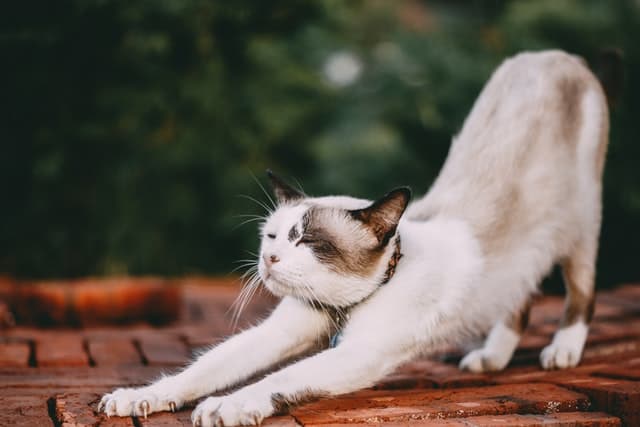
There are several diseases that affect the skeletal and muscular system of the cat. An example of a disease can be myotonia congenita. It is a disease of the involuntary muscles that causes inadequate or disproportionate movement compared to what it usually does. Then we find Feline Polymyositis which is inflammation of multiple muscles throughout the body that causes lethargy, loss of appetite, weakness and other abnormalities. Following is myositis ossifying, a rare progressive disease that affects the formation of cartilage and bone in skeletal muscles. Sometimes bacteria and parasites can cause inflammation of the muscles. Tumor lesions on the muscles are rare and usually occur in older cats.

